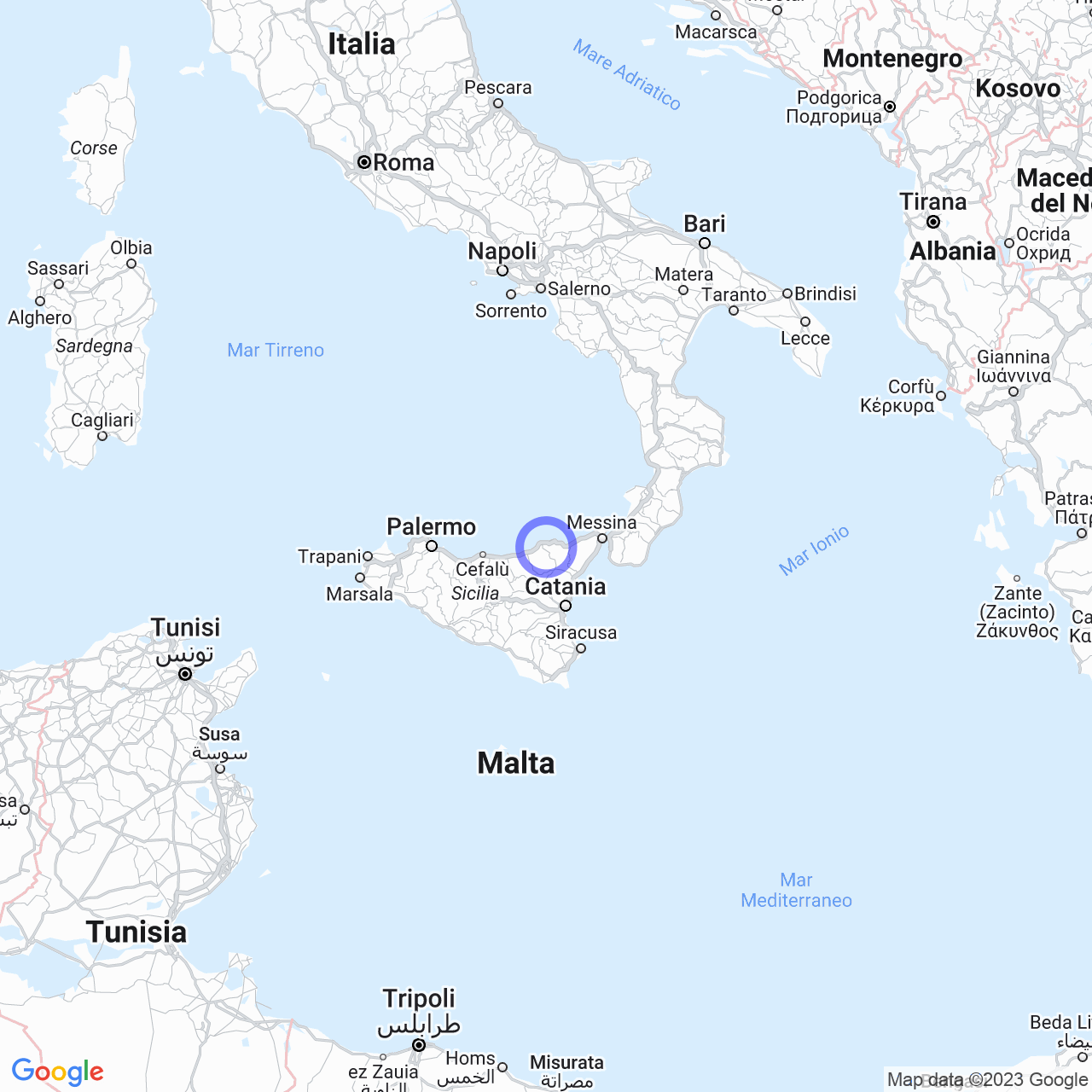Ficarra
Welcome to Ficarra: Discovering the Municipality
Hello everyone! Today I'll tell you about Ficarra, a beautiful municipality in Sicily located in the metropolitan city of Messina. Here you will find everything you desire: unspoiled nature, fascinating history, and a warm welcome.
Let's explore the physical geography of Ficarra
Ficarra is located on the Nebrodi mountains, about 450 meters above sea level. The view is breathtaking and you can admire the forest of Olea europaea and Corylus avellana that surrounds the municipality. The territory is divided into three hills, each with its own charm: the south-western is the place where the center is located, surmounted by the hill of the convent, that of the mother church and that of the Prigione fortress. The central hill is home to the districts of Serro, Crocevia and Pietra della Zita, while the north-eastern one is occupied by the Matini district.

The history and origin of the name of Ficarra
The history of Ficarra is ancient and contains a mixture of history and legend. According to Diodoro Siculo, the first village in the territory of present-day Ficarra was founded by the Phoenicians with the name of "Pallisa". The Sicilian then rebuilt the village on the Strummuli hill. The first official document dates back to 1082 when the Norman Sicilian count Ruggero II of Sicily mentioned the name of Ficarra in a diploma. The current country arose around a Saracen fortress mentioned in 1198 by the registers of Messina.
The etymology of the name Ficarra has not yet been ascertained. Some scholars believe that the name derives from the Arabic word "Al Fakhar" which means "the glorious". Others think that Ficarra derives from the numerous fig plantations in the area.
The nobility of Ficarra
The history of the nobility of Ficarra is interesting and troubled. The territory was attributed to Guglielmo Amico under the Hohenstaufen, then to Macalda di Scaletta and her husband Alaimo da Lentini. After losing the fief, Ficarra was assigned to Ruggero di Lauria, commander-in-chief of the fleet of the Kingdom of Trinacria and then to Ugo Lancia di Brolo. This dynasty remained in charge until the first half of the eighteenth century.
Conclusions
In conclusion, Ficarra is a municipality to visit absolutely for those who love nature, history, and the hospitality of the people. Anyone who has the fortune to visit this charming place will bring with them memories of the stunning landscapes, ancient history, and warm welcome of its inhabitants. Ficarra awaits you with open arms!
